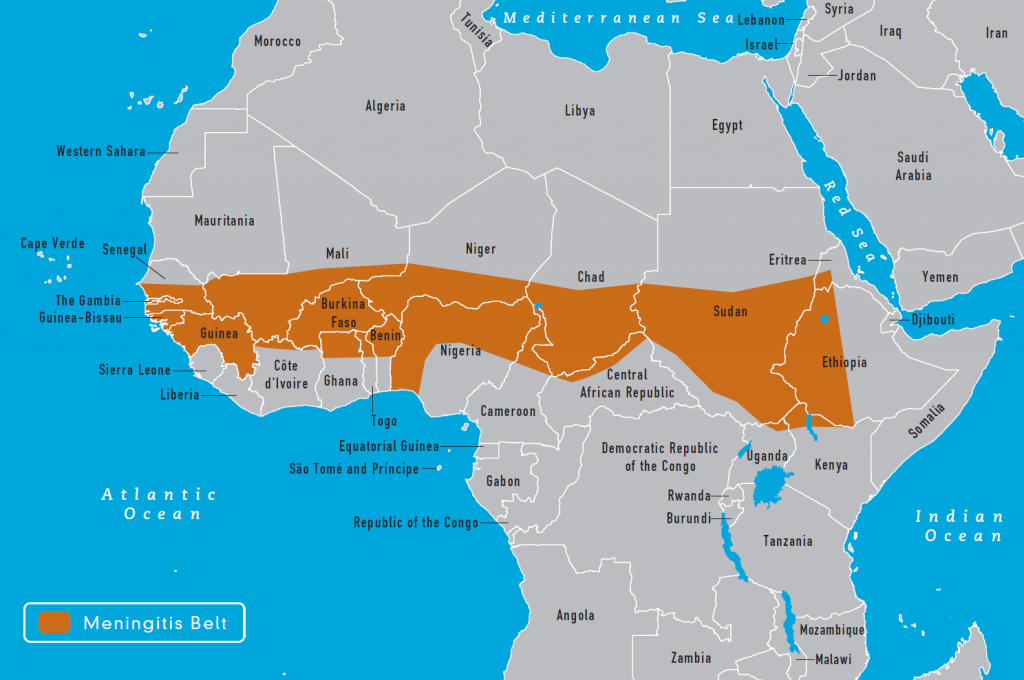Since the last report on the Niger meningococcal meningitis outbreak twelve days ago, the west African country has seen another doubling of cases of the dangerous bacterial infection.

The Ministry of Public Health of Niger notified the World Health Organization (WHO) of 1543 suspected cases of meningococcal disease, including 147 deaths this year to date.
Laboratory tests have confirmed the predominance of Neisseria meningitidis serogroup C in the affected areas, with Neisseria meningitidis serogroup W also being identified in several samples.
Suspected cases have been reported in seven of Niger’s eight regions. Meningococcal meningitis outbreaks have been confirmed in several areas of Dosso and Niamey regions.
In Dosso region, 282 cases, including 27 deaths have been reported, primarily from Dogon-Doutchi and Gaya districts where several areas have exceeded the epidemic threshold. In Niamey, 944 suspected cases, including 88 deaths, have so far been reported. Three of Niamey’s five districts (Niamey I, II and III, with a total population of over 660 000) have exceeded the epidemic threshold.
Neighboring Nigeria is also battling an outbreak of the disease. Last week, it was reported that Nigeria’s case tally stands at 1380 cases, including 83 deaths as of 5 April 2015, according to the Federal Ministry of Health of Nigeria.
Like Niger, the bulk of the cases are Neisseria meningitidis serogroup C.
The countries of the African Meningitis Belt, including parts of Niger, face outbreaks of the deadly bacterial disease every year.
According to the global health non-profit organization, PATH, about 450 million people are at risk of the deadly disease. Burkina Faso, Mali, Nigeria, Chad, Sudan, and Ethiopia are considered hyperendemic, meaning populations in these countries are at the highest risk of developing meningitis.


3 thoughts on “Meningococcal meningitis outbreak in Niger kills 147”